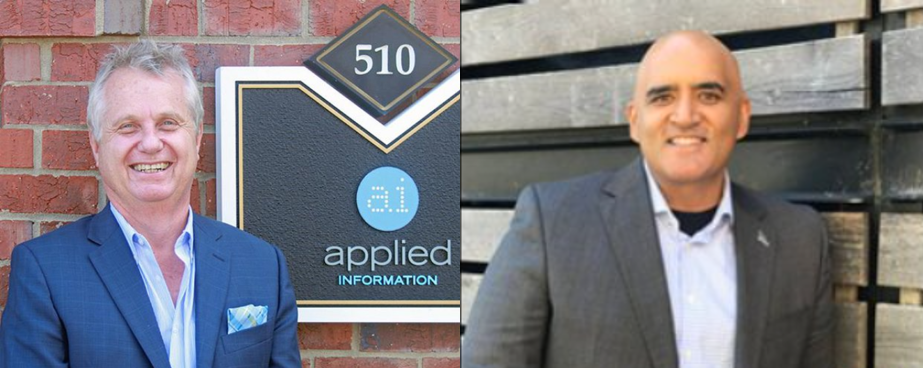
One of the toughest tech tasks is adopting a new emerging technology that is fundamentally incompatible with the old. In the realm of connected cars, car makers and their suppliers labored for more than two decades on a wireless standard – called dedicated short-range communications (DSRC) – that was intended to enable intervehicle communications and communications between vehicles and infrastructure – V2X. The technology was expected to prevent collisions and allow for safer management of intersections with connected traffic lights – among other such scenarios.
With the reallocation of wireless spectrum by the Federal Communications Commission (FCC) late last year, the shift away from DSRC in favor of cellular-based V2X was complete. The resistance to this change remains however along with a near-pervasive denial across the wider ITS community encompassing both suppliers and their client DOTs.
This denial and resistance is sadly manifest in the recent statement from ITS America President and CEO, Shailen Bhatt. Regarding the FCC decision he says: “In light of the increase in fatalities on American roadways last year, the Federal Communications Commission (FCC) made a dangerous decision to give away a majority of the 5.9 GHz spectrum previously reserved for transportation safety. Not only has the FCC limited transportation use to 30 MHz of spectrum, it has failed to show that it will ensure that spectrum is usable by protecting it from harmful interference.”
He adds: “The only way to move from tens of thousands of deaths toward zero is by widely deploying V2X technology.”
In ITS America’s magazine he further notes: “ITS America has said repeatedly that V2X technologies are the best tool in our toolbox to dramatically reduce fatalities – they can prevent or mitigate up to 80% of non-impaired crashes, according to the National Highway Traffic Safety Administration (NHTSA).”
Putting money where its mouth is ITS America and the American Association of State Highway Transportation Officials (AASHTO) filed suit in District Court in Washington, DC, in June to enjoin the FCC, challenging its authority to reallocate the relevant wireless spectrum. This action is unlikely to succeed and sadly reflects the persistent myopia in the ITS community.
There is no question that V2X technologies – cellular-based or not – may be helpful in preventing crashes and saving lives, but that help will arrive only over a couple decades’ worth of deployment. Life saving solutions with more immediate impact are likely to emerge from regulatory efforts led by NHTSA, to advance the adoption of such technologies as lane keeping, blindspot detection, and intelligent speed assistance along with pedestrian detection and avoidance to mitigate the rise in pedestrian fatalities.
Bhatt’s position reflects the longstanding disconnect between the ITS community and the automotive industry. Because of a lack of a direct commercial connection between these two industries no common basis for engagement exists – in spite of there being board representation from auto makers at ITS America.
ITS America and its affiliates are disconnected from auto makers, wireless carriers, and technology companies such as Google, Amazon, and Microsoft. The onset of cellular-based V2X technology is something of a revelation as it provides – for the first time – a common communication protocol that car makers, semiconductor and technology companies, wireless carriers and the ITS community can all embrace.
While ITS America and AASHTO are suing to stop the FCC’s spectrum reallocation, ITS is simultaneously seeking reimbursement for DOT’s that have spent their own money on DSRC installations. One estimate from the USDOT puts the cost of decommissioning 67 existing operational DSRC installations and 65 sites currently in planning at $645M. Just as the ITS/AASHTO legal action is likely to fail, efforts to obtain funds for DSRC reimbursements will be unsuccessful.
Meanwhile, one stalwart ITS member, Applied Information, is offering to buyback DSRC equipment from DOTs. Says Applied Information’s President, Bryan Mulligan: “We were hoping, as were many others in our industry, that the FCC would preserve the full 75 megahertz for roadway safety. But now …we want to do our part to accelerate deployment of connected vehicle technology and its life-saving applications by providing roadway operators with a future-proof solution… Our buyback program enables DOTs to continue their DSRC connected vehicle programs with C-V2X seamlessly while helping to defray costs.”
There are indications that fellow ITS member suppliers Kapsch and Siemens are following suit with similar offers. All of this is to suggest that ITS America is not only out of touch with shifts in technology and the market, it is losing touch with its own members.
In the midst of this market muddle, I have to say that Bryan Mulligan at Applied Information emerges as a visionary leader in a hide-bound industry. Applied was first to step forward with the DSRC buyback offer and was also quick to bring dual mode modules to market to provide for a technology transition.
The automotive and ITS industries are caught on the horns of a dilemma. There is an apparent rise in highway fatalities afoot in the U.S. and answers are wanting. V2X technology will help, but coordinated action encompassing all relevant parties is required. What will not be helpful is an insistence on clinging to bygone technologies – like DSRC – that have been superseded by advances in sensor and cellular technologies. This is no time for lawsuits.








Quantum Computing Technologies and Challenges